Enter the shadowy realm of horror with Hellraiser VI, where the enigmatic Lament Configuration puzzle box reigns supreme as a harbinger of unspeakable terror. Join me as we journey into the twisted depths of this diabolical artifact, unraveling its dark history and delving into its chilling significance within the Hellraiser saga.
From the ominous depths of Clive Barker’s “The Hellbound Heart” to its haunting portrayal on the silver screen, the Lament Configuration puzzle box has long captivated audiences with its sinister allure. Adorned with cryptic symbols and intricate patterns, it beckons the curious and the brave to unlock its secrets, offering a gateway to unimaginable horrors.
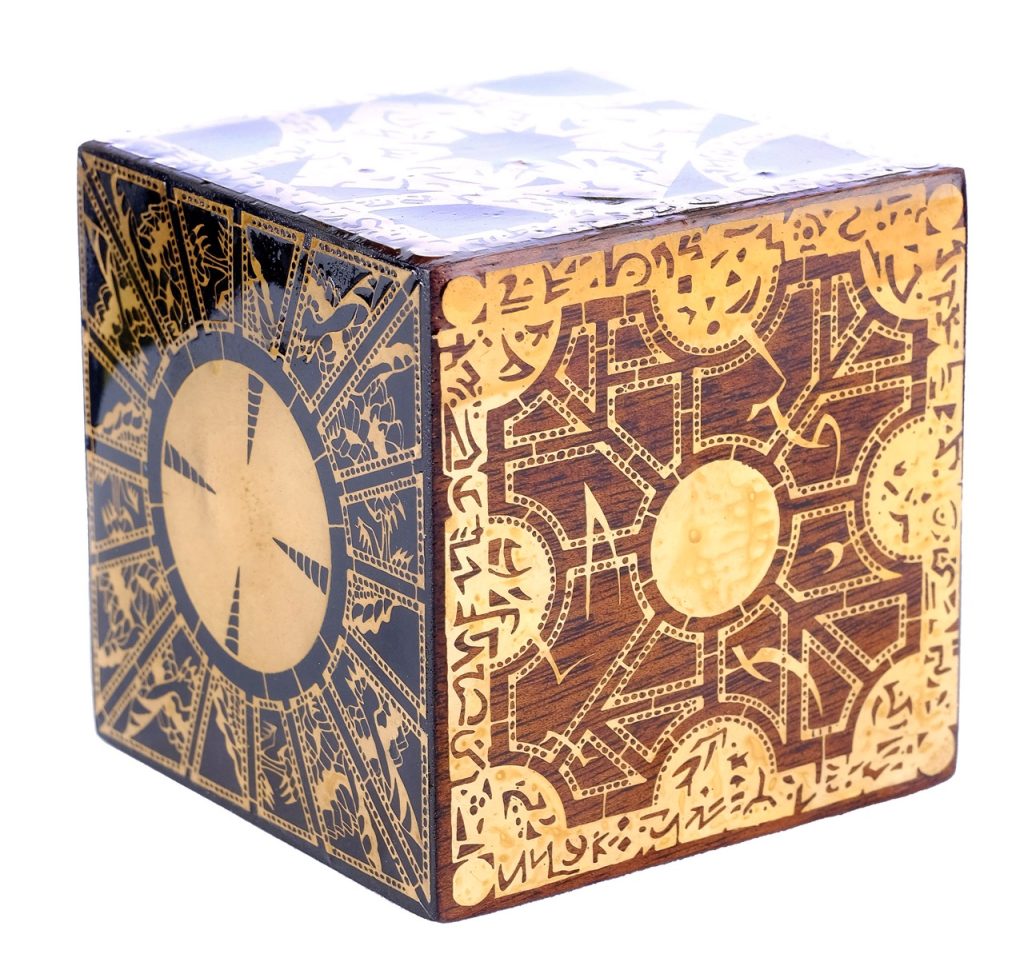
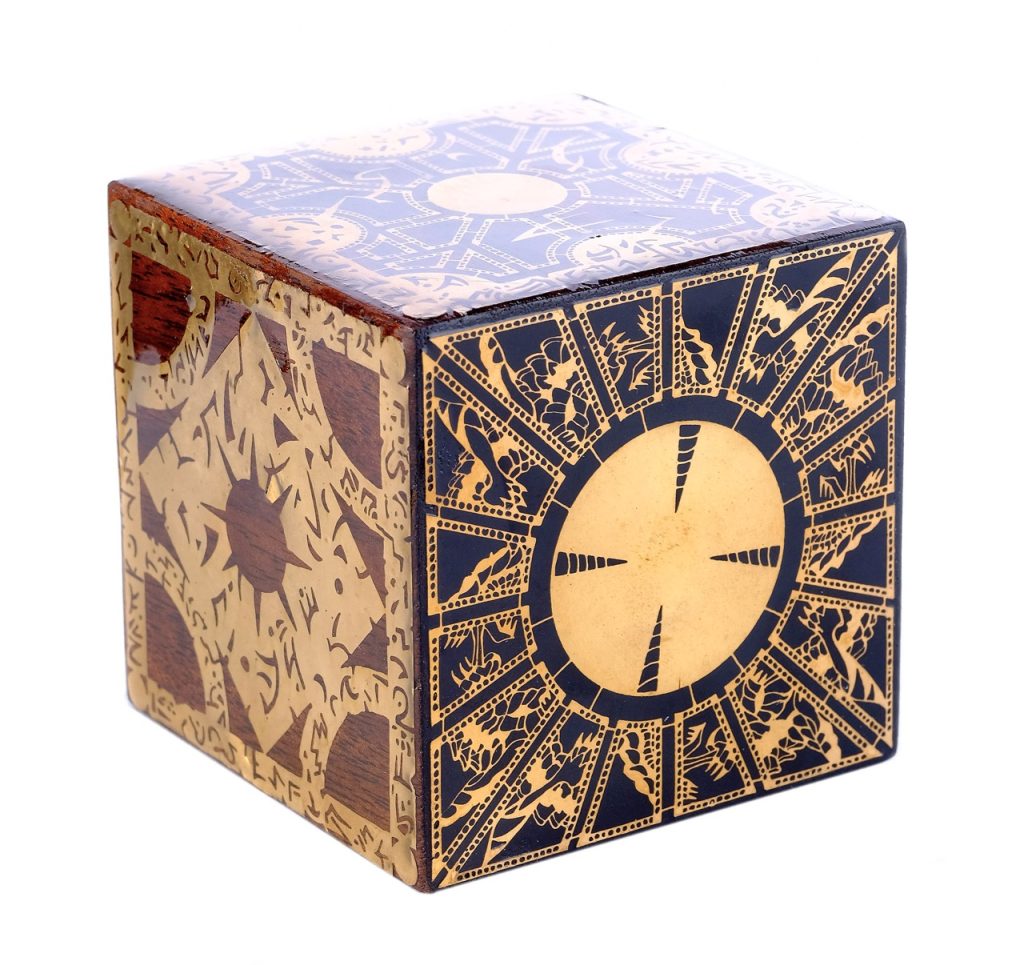
In Hellraiser VI, the puzzle box takes on a central role once more, serving as a catalyst for the film’s descent into madness and despair. As characters grapple with their innermost desires and demons, the box becomes a tantalizing yet treacherous path to fulfillment—a Pandora’s box of twisted pleasures and unspeakable pain.
What sets the Lament Configuration apart is its interactive nature. Unlike passive relics of horror, this puzzle box demands active engagement, tempting its seekers with promises of power and ecstasy. But as they soon discover, its secrets come with a price—a price paid in blood and torment.
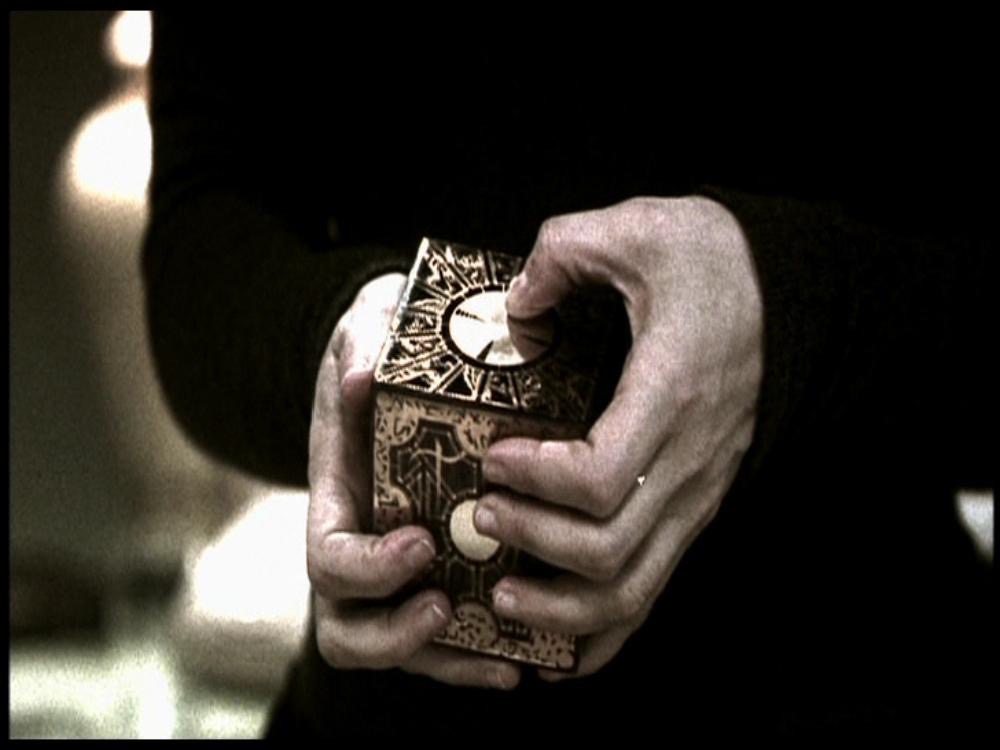
As the film unfolds, the true nature of the Lament Configuration is revealed: it is a conduit to another dimension, a doorway to the realm of the Cenobites—beings of unparalleled sadism and suffering. It offers a glimpse into the darkest recesses of the human soul, where desire and horror intertwine in a grotesque dance of pleasure and pain.
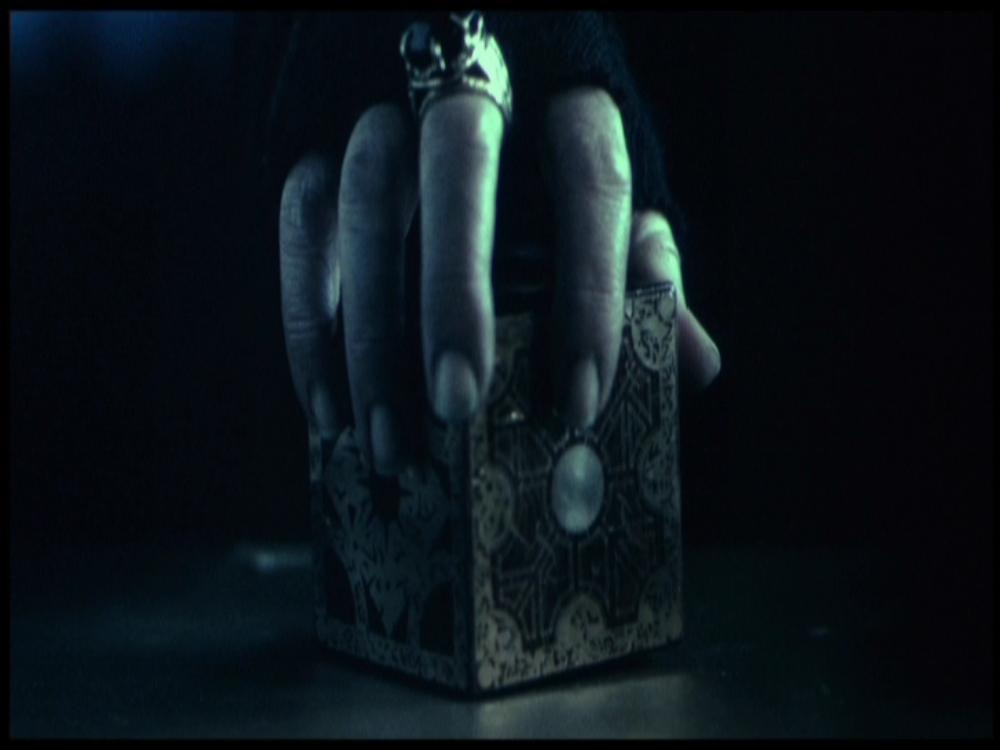
Despite its malevolent reputation, the Lament Configuration remains an enduring symbol of horror cinema, captivating audiences with its mystery and menace. Its legacy continues to inspire fascination and fear, its influence reaching far beyond the confines of the screen.





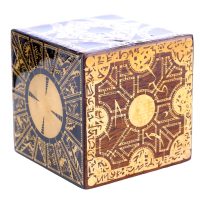
Leave a Reply